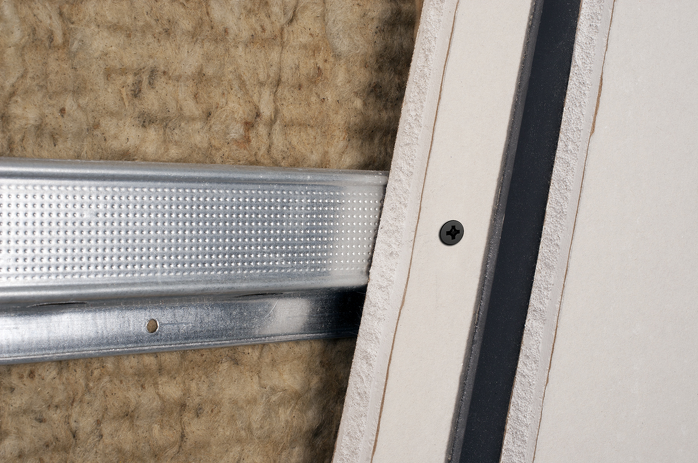What is Sound Isolation?

Have you heard someone use the term “sound-proofing”? Many times it is used in a general sense to mean any kind of acoustic treatment. Sound Isolation, or making a room “sound-proof,” can be a complicated, time-intensive, and expensive process. Frequently, we find it’s important to remind people that acoustic wall panels (made by Auralex or any other manufacturer) are not designed to stop the transfer of sound in a room.
The Difference Between Sound Isolation and Absorption
Acoustic wall panels, regardless of the core material, are used to improve the sound quality inside a room. This material helps absorb sound waves and prevents them from causing slapback echo and reverb in a small room. Isolation products stop the transfer of sound from one room to another by adding mass, different layers with different densities, achieving the highest results. Unfortunately, currently, this is the only way to isolate a room properly.
Measuring a Room’s Isolation
The standard for measuring isolation is called “Sound Transmission Class”, or STC. All materials that are intended to block sound have an STC Rating. Virtually every material filters out at least a small amount of the sound that travels through it, but denser materials are much better at this than porous or fibrous materials. Harder materials like rubberized sound barriers, concrete, brick and drywall will have higher STCs, while softer materials like mineral fiber, acoustic foam and carpet will have much lower STCs.
The subjectivity chart below helps give an understanding of what STC goal you should have. Refer to pages 10-12 of Acoustics 101 to understand how different layers of various products contribute to achieving that STC.


